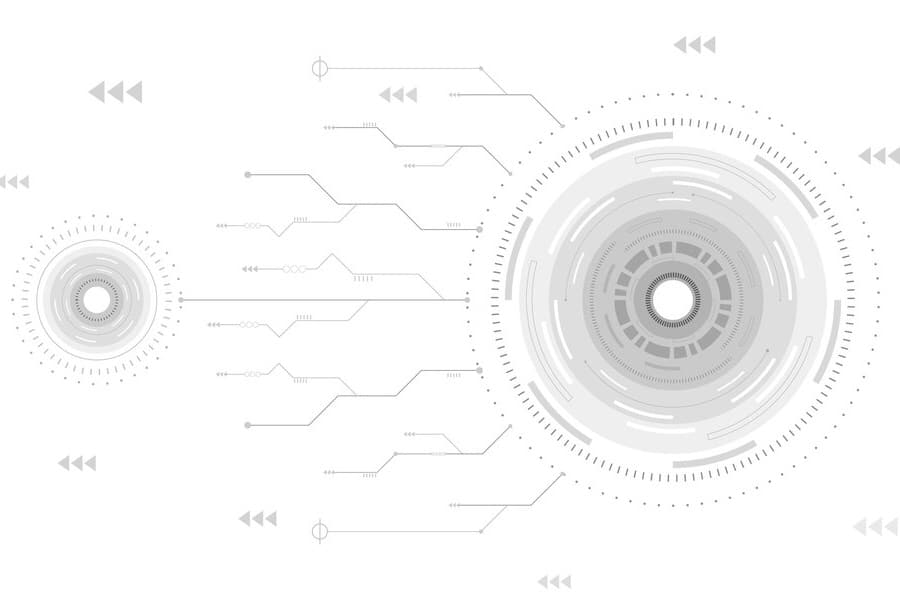The first Internet item is considered to be a toaster, which was connected to the Internet by John Romkey, one of the creators of the TCP/IP protocol, in 1990.
The toaster could be switched on and off remotely. The term “Internet of Things” itself was coined by British engineer Kevin Ashton in 1999. Ashton was part of a team that succeeded in inventing a way to connect objects to the Internet with the help of RFID technology. An RFID tag is an identification tag that allows objects to be identified by radio signals; certain information can be written on it and later be read as a device.
The year 2012 saw significant changes in sensors, leading to accelerated market readiness of the IoT, and for many companies, this meant that the digital transformation was gaining momentum. Technological advancements made possible the emergence of MEMs – microelectromechanical systems (a miniaturised device made by micromachining both mechanical and electrical components). This made sensors smaller, able operate at lower power and added more features that it was possible to attach them to clothes, for example.
Over time, more and more “things” began to acquire such functions, and today it is impossible without Internet “things”.



